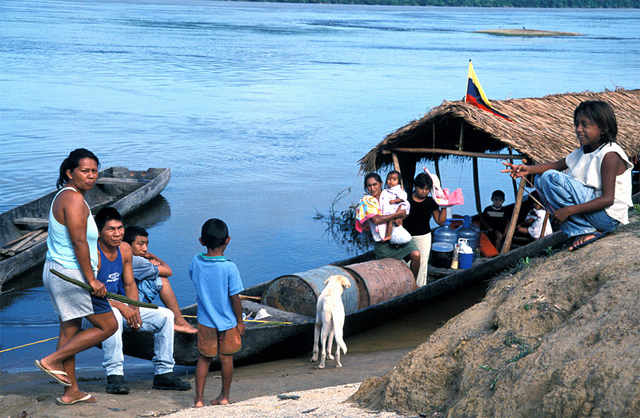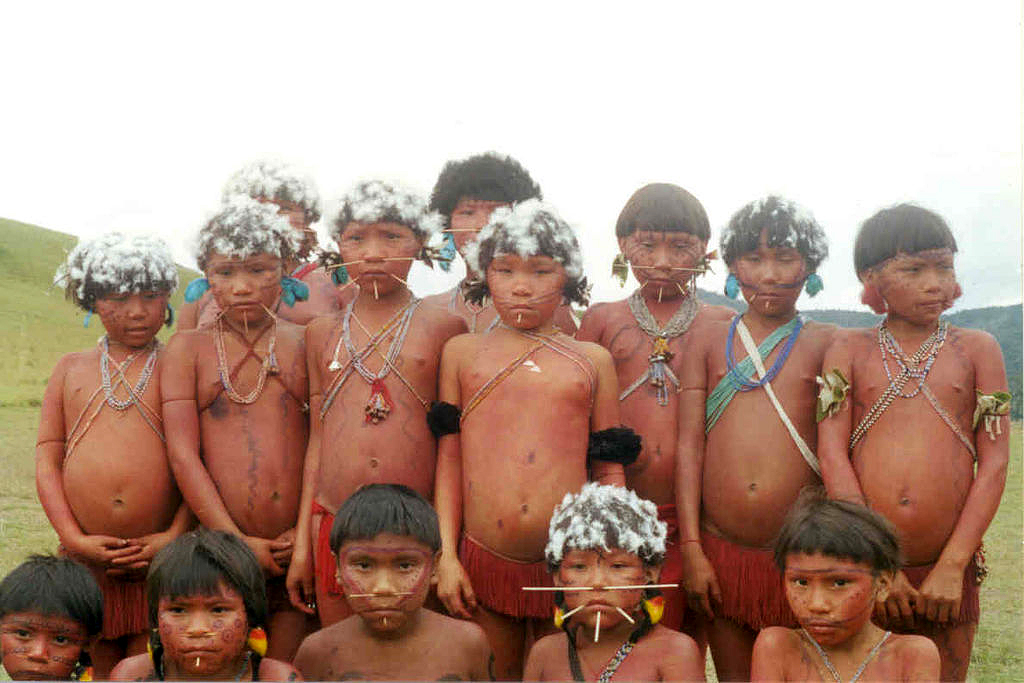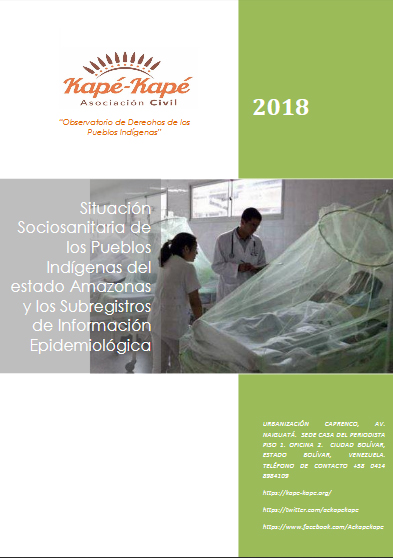Kapé Kapé, a Venezuelan indigenous research and advocacy organization, has conducted a thorough study of the health needs of the Piaroa and the results, announced last week, are grim. Perhaps the most surprising finding, as described in a Venezuelan news report, is that the illegal mining activities that are rampant in the region appear to be responsible for the explosion of cases of malaria. This is a particularly serious situation for the Piaroa and their neighboring indigenous peoples because of their lack of good health care.

The research effort conducted by Kapé Kapé, with Luis Betancourt serving as principal investigator, began in January 2018 in the State of Amazonas and particularly in Atabapo municipality. The researchers began to collect data about the health conditions of the inhabitants, many of whom are Piaroa.
In announcing the results of the investigation, Betancourt stated that research conducted by the Central University of Venezuela’s Institute of Tropical Medicine indicates that the growing number of malaria cases originates primarily in the mining camps. He added that the state government tacitly allows the mining camps to exist, which complicates addressing the malaria issue. Further confusing the situation is that the Piaroa territories affected are hard to get to, which makes both keeping track of the diseases and their treatment difficult.

The figures presented by the research must be considered to be unofficial since they have not been approved by the state, but they are alarming nonetheless. In the municipality of Alto Orinoco, located to the east of Atabapo, out of about 11,000 inhabitants, the study identified 396 cases of malaria, at least five of which were Yanomami people. Those five reportedly died of the disease. In Manapiare municipality, the Environmental Health Directorate of the Ministry of Health reported 797 cases of malaria in the first three months of 2018.
In Atures, the municipality at the northern tip of the state that includes the capital city of Puerto Ayacucho, the report indicated there were 4,562 cases of the disease among just the indigenous inhabitants. The large number is due to the population of the municipality—180,000 people.

Betancourt pointed out that because Atures contains the state capital, it has the resources to cope with the disease problem. The other six more rural municipalities they studied lack access to methods of preventing malaria and they do not have good programs for controlling and treating it. Other diseases are also inadequately handled in rural Amazonas. The researcher said that in much of the state, the indigenous people die when they are exposed to dangerous illnesses.
As an example, he cited a one-year old Piaroa girl who died in June due to malaria in the Parhuaza sector of Bolivar state. Her death went unreported because there is no mechanism in her area for preventing dangerous diseases. Wilmer Pérez, a social worker in that sector, explained that the indigenous people suffer not only from malaria but also from child malnutrition.
Betania de Topocho, a Piaroa, reports from communities north of Puerto Ayacucho that between October 2017 and April 2018 there were 326 cases of malaria. Many were repeated incidents of the disease. The full, 12-page report is available as a PDF on the Kapé Kapé website.